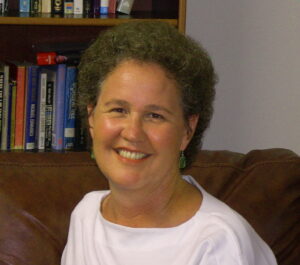What California can do to address teacher shortages | EdSource:
What California can do to address teacher shortages
Linda Darling-Hammond
he following is the first in a series of commentaries on the emerging teacher shortage in California. This one focuses on what the state of California can do to address the shortage.
Make no mistake, the teacher shortage is real. The Learning Policy Institute’s recent report “Addressing California’s Emerging Teacher Shortage: An Analysis of Sources and Solutions” found that, after sharp declines in teacher education enrollments over the last decade, recent hiring increases left many districts scrambling to find teachers. As districts began to restore teaching positions eliminated during the Great Recession, credentials issued to new teachers were at an historic low.As California has embarked on an ambitious journey to raise standards for student learning and rethink nearly every aspect of its educational system, one of the state’s most pressing challenges is hiring and retaining well-prepared, high-quality teachers who can teach the challenging new skills our society demands. This is especially true when the state faces teacher shortages like those emerging now. As a result, the number of teachers hired in 2015 without having completed – or sometimes even begun – their preparation soared, reaching one-third of all new credentials issued in the state. Although shortages are occurring across a range of subject areas, the problem is most acute in mathematics, science and special education. In special education, barely half (52 percent) of new teachers are fully prepared. Bilingual teachers and those with training to teach English language acquisition are also in short supply. A small increase in individuals entering preparation this year was nowhere close to the level of demand, and, further, was not in the fields that have the greatest need.And nearby states, also experiencing shortages, were luring away many of these teachers with promises of good salaries and lower housing costs.
As was true in previous eras of shortage, the dearth of qualified teachers is felt most acutely in schools serving more low-income and minority students. According to California’s educator equity plan, in 2013-14, twice as many students in high-minority as in low-minority schools were being taught by a teacher who had not completed – or even enrolled in – a preparation program.
Demand is projected to grow further as districts continue to recover from the recession and seek to replace the programs and positions they eliminated, as they also cope with attrition, which averages about 8 percent of all teachers annually. This includes inevitable retirements – fully one-third of California teachers are over 50 and 10 percent are over 60 years old – but most attrition is due to younger teachers leaving. The reasons range from economic concerns to dissatisfaction with teaching conditions, such as large classes, lack of materials, accountability pressures, lack of administrative supports and lack of public appreciation.
Patrick Shields











